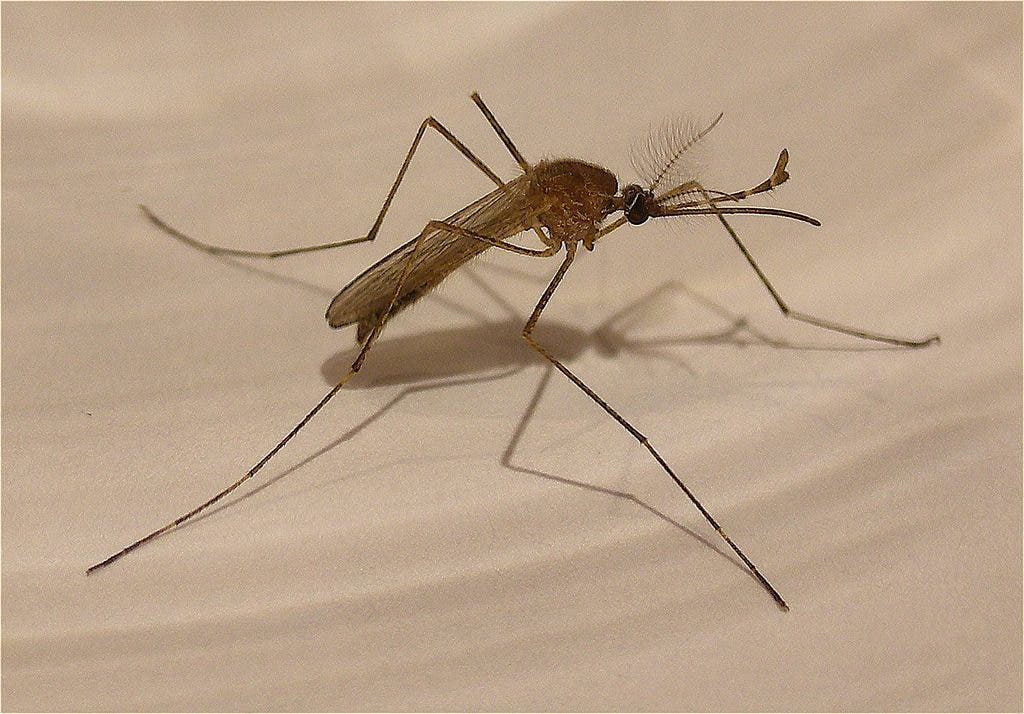A mosquito with a gene that blocks the malaria parasite has been created in the laboratory, a new study writes.

Malaria is one of the most threatening diseases, with over 219 million cases identified in 2010 (and many other unreported); malaria is a mosquito-borne infectious disease, so if we want to fight it, eliminating mosquitoes seems like the way to go. But Tony James from the University of California, Irvine has a different approach in mind. He wants to modify mosquitoes so that they eliminate the parasite themselves.
They did this by using the CRISPR-Cas9 technology to create a ‘gene drive’ system that spreads an anti-malaria gene inside the mosquito population. The gene basically destroys malaria, and then spreads on to the next generations. Dr. Peter W. Atkinson, from the University of California, Riverside said:
“The study is extremely interesting since it demonstrates that gene drive mediated by the Cas9-based system can be achieved in this important pest species in the laboratory. Should it prove to be translatable to field studies and should the effector gene being used prove to significantly reduce the capacity of the mosquito to carry the malaria vector, then it is quite possible that this technology would become an important tool in the control of malaria. As such it would constitute a very, very significant advance in the field. Another advantage of the approach is that it is not eradicating the mosquito species which can open a niche which other mosquitoes could fill. Rather it is potentially replacing the existing genotype with one that has a greatly reduced ability to transmit the pathogen responsible for malaria. The authors are right to invoke the need to consult with regional communities and experts in the application of this technology and that it would form part of much larger insect pest management and malaria control strategies.”
It’s not the first time Cas9 has been used for this purpose. In 2014, two different teams worked on similar things (1 & 2), but this is the first time the method has been proven successfully and fully transmitted to mosquito offspring. Using this approach can be much more effective than trying to eradicate mosquitoes. Dr. Gregory Lanzaro, Professor, Department of Pathology, Microbiology and Immunology at the University of California, Davis explains:
“Concern that drug and insecticide resistance are eroding recent successes in managing malaria has drawn attention to alternative approaches, including the use of genetically modified mosquitoes. This new study by Tony James and colleagues marks a significant advance toward the development of this strategy. The major advance is the incorporation of an anti-Plasmodium effector gene, in fact two of them, in a construct that includes what appears to be an efficient genetic drive system, CRISPR-Cas9. This new drive system is a major improvement because it can be ‘loaded’ with a relatively large payload, a feature that has proven elusive before now.”
[ALSO SEE] Why mosquitoes bite me more than others
Of course, many more tests need to be done before this method can be implemented in the field, but there are reasons to be optimistic. One problem is that if you want to implement it, you have to make sure that these anti-malaria mosquitoes are successful and create many offspring, so in a way, it becomes counter productive to eliminate mosquitoes and you have to let them suck a lot of blood and spread out. Needless to say, this can be a very dangerous approach.
Was this helpful?



